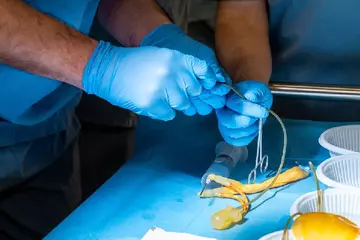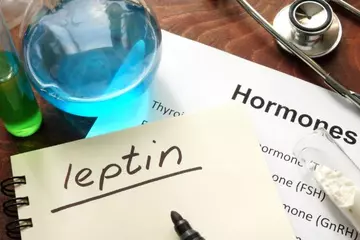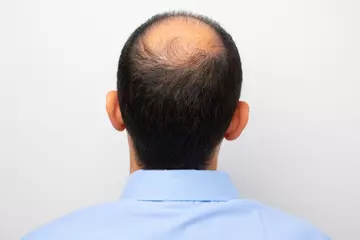Hand, foot and mouth disease is a mild condition commonly observed in childhood but can also occur in adults. Most patients recover fully within two weeks of getting it but, in rare cases, some children may experience a few complications. There have been some epidemics of this disease that have involved fatalities as well. It is important to note that this illness is not related to the disease with a very similar name that affects animals.
Hand, foot and mouth disease is a viral infection that is most frequently associated with lesions on the mouth, hands and feet. Sometimes, the lesions may also be found on other parts of the body such as the buttocks and genital region. The two most common causes of hand, foot and mouth disease are coxsackievirus A16 (CA16) and enterovirus 71 (EV71). In rare situations, the disease may also be caused by another coxsackievirus.
(Read more: Newborn baby, infant and child health care)

 Doctors for Hand, foot and mouth disease
Doctors for Hand, foot and mouth disease 














































